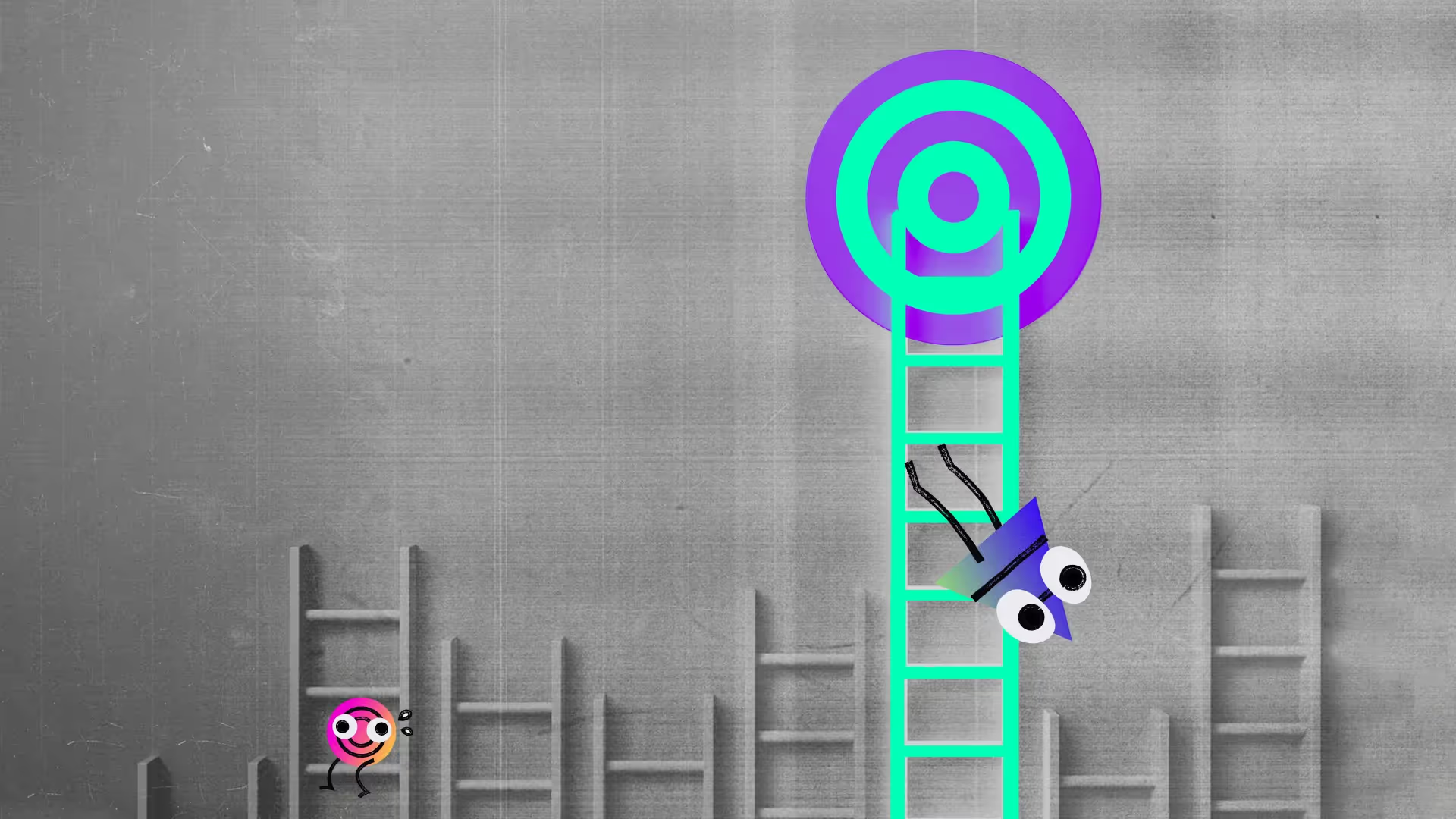The Track
A Section Blog

Most leaders are thinking about AI all wrong

How to make your competitors look bad without even mentioning them
Laddering (as defined by Scott Galloway) means highlighting your strengths in a way that inherently points out your competitor’s weaknesses. We’ll explain how to use laddering to deposition your competitors, using Writer, one of our favorite AI case studies right now.
.avif)
Why we’re opening up unlimited access to sprints
I was talking recently with a Section4 student, and I let him know that we would soon be giving members access to all our sprints for $995, about 1% the annual tuition of an MBA.
“That’s incredible,” he said. “I’m so excited – my mind is blown.”
Then he paused.
“Why are you doing that?”, which is a polite way of asking “What’s the catch?”
There isn’t one. And here’s the answer as to why.

Will your big idea work? 3 ways to manage risk
Building a new product is nerve-racking, especially if you’re taking a shot at something that’s never been tried before.
Will it end up being a YouTube or a Quibi? An iPod or a Zune? If it fails, will you ever be able to bounce back?
Luckily, you can build confidence by reducing risk. That’s where product experimentation comes in.

Most leaders are thinking about AI all wrong
2026 is 60 short days away, so here’s the wake up call you need: you’re still thinking about AI through the lens of software, and the survival of your company depends on you shifting that mindset.

Squishy vs. hard ROI: Why leaders need both
One of the hardest parts of AI ROI is figuring out how to report qualitative wins to execs who want quantitative reports. At our AI:ROI Conference, Michael Domanic shared the framework for approaching these two disparate kinds of ROI.








